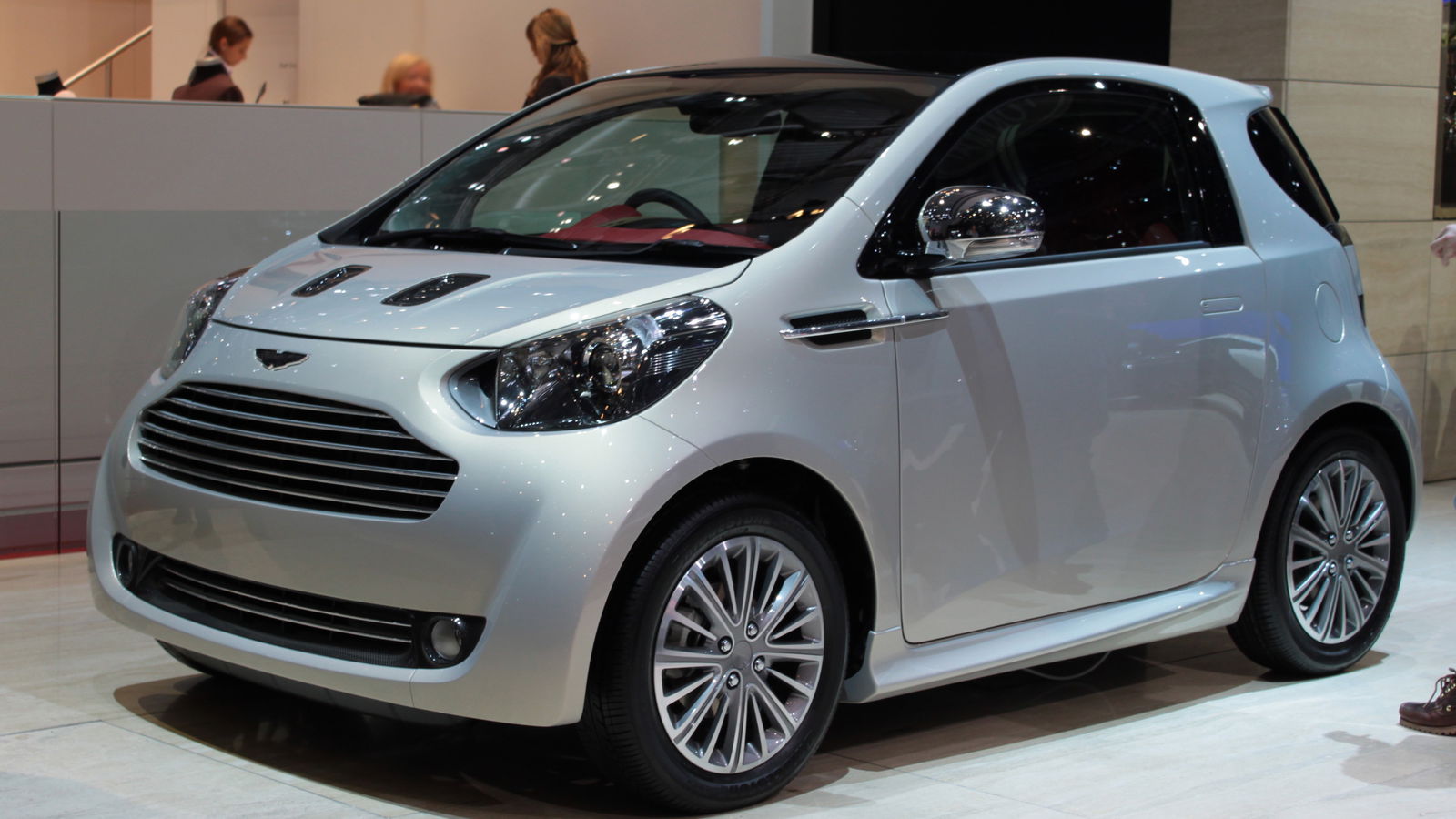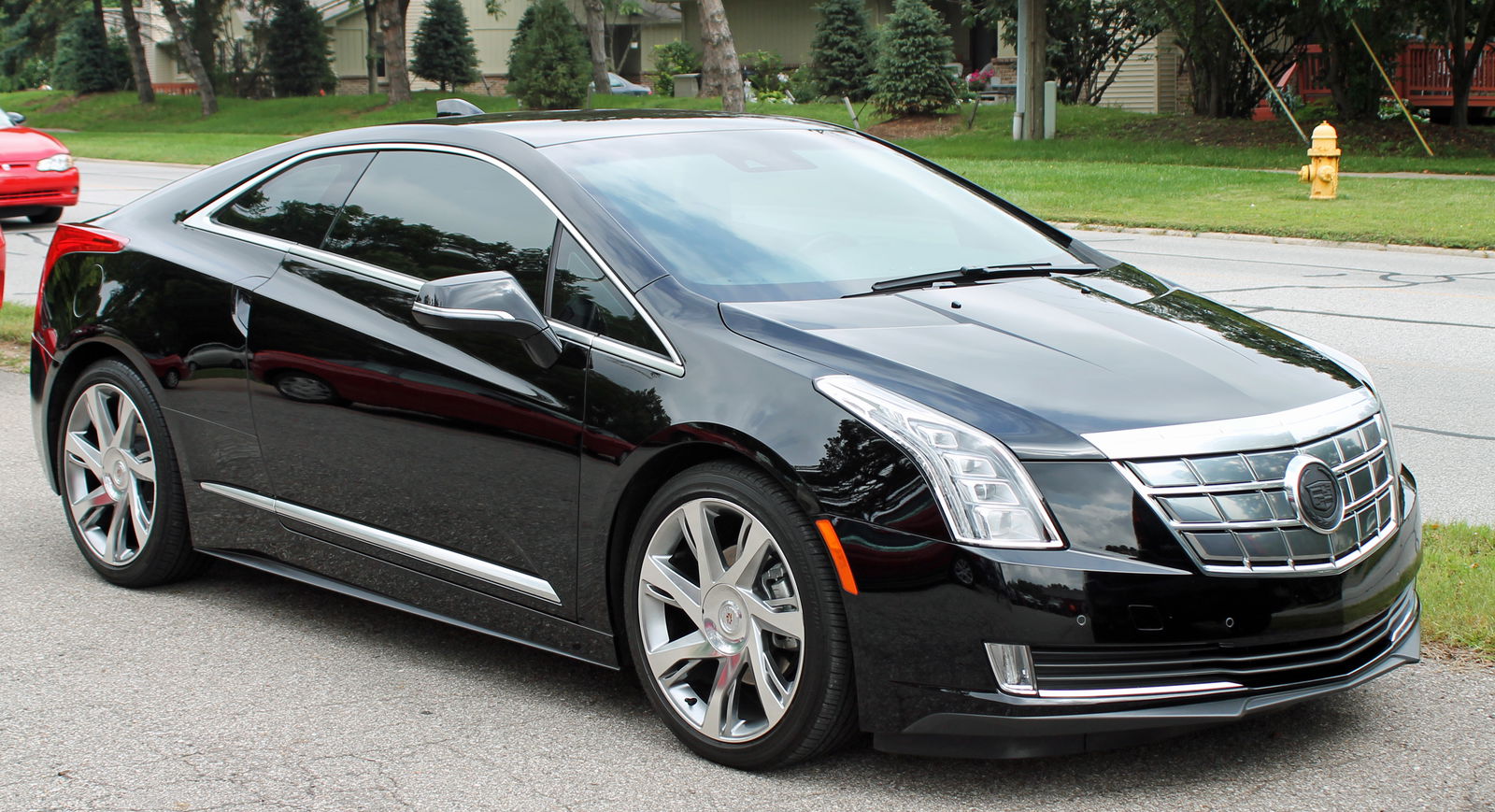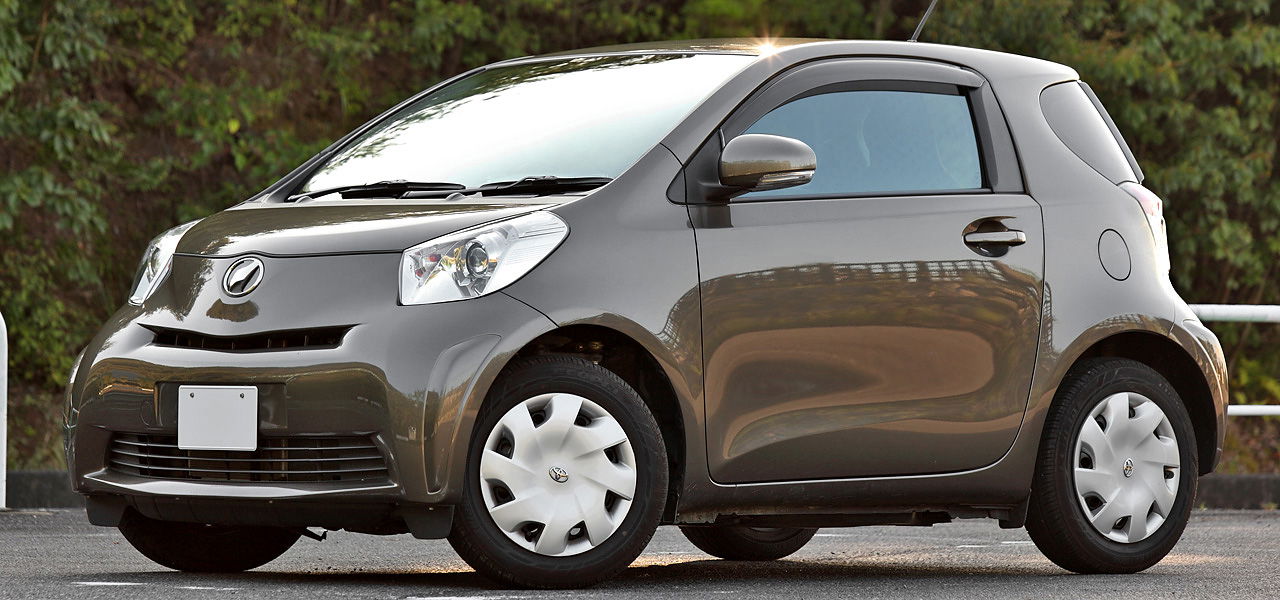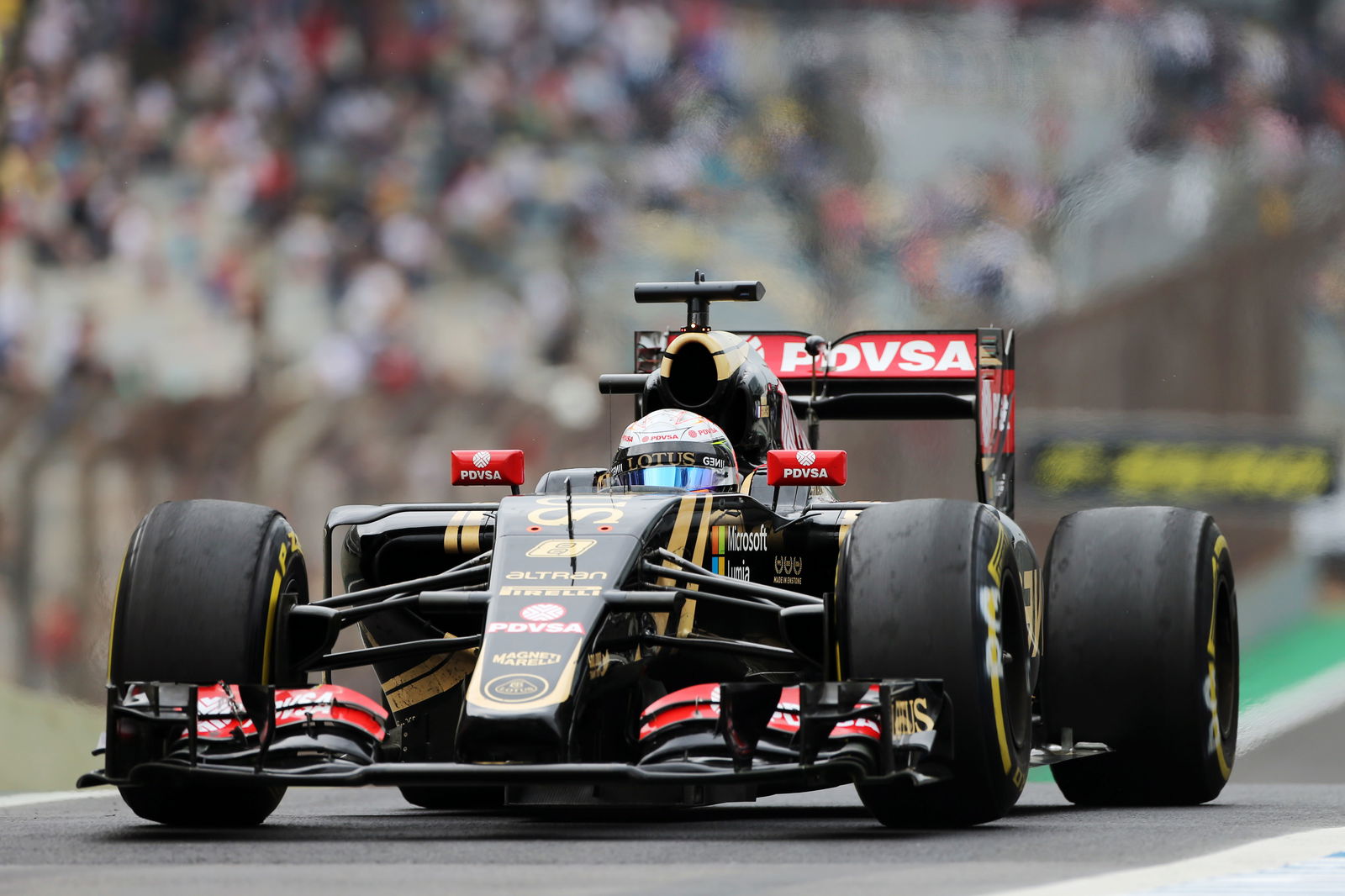Engineering Explained: 6 Cars That Make No Logical Sense

Car buying always has been, and always will be, an emotional experience. Whether or not you even like cars, logic is often thrown out the window when you arrive at the dealer lot. Here are six cars which make no logical sense, matched with the car that should be bought instead.
- VW Beetle R-Line
- Cadillac ELR
- Mustang V6
- Lexus IS250
- Kia Forte Koup
- Aston Martin Cygnet
1. VW Beetle R-Line
My favourite of the group, and the inspiration for this article, the VW Beetle R-Line is ousted in every way by the VW Golf GTI. Here’s the decision to make: you could spend $25,995 for the bottom shelf trim Beetle R-Line. Or, you could keep 1000 of those dollars for a car that has the same power, but 51 more torque units that come on 200rpm sooner. Not only that, you’ll be getting 2mpg better in the city and 3mpg better on the highway thanks to it weighing over 80 pounds less (-30kg), and having a drag coefficient of 0.31 over the Beetle’s 0.37. Cargo volume? How about an additional 22.8 cu ft. (+645 litres) in the Golf with both cars having the rear seats folded down (it’s not like the Beetle’s rear seats are useable anyway).
So to recap, for $1000 less, you get a car that’s faster, more fuel efficient, more aerodynamic, lighter, has more cargo space, and can actually fit four adults. Long live the GTI!
2. Cadillac ELR

Whether or not the launch of the Chevrolet Volt was a success, the logic behind the design is sound. It’s a car that can offer a completely green way to get to work and back, assuming the distance is short enough, without the range anxiety associated with its purely electric counterparts. Run out of electric juice? No problem, a 1.4-litre petrol engine kicks in and you’re back to emitting EV repellent.
Then, GM became greedy. For 2014 it threw the Volt power plant underneath Cadillac’s exquisite metal stamping, included slightly larger electric motors (mind you, in EV mode it still took 8.8 seconds to hit 60mph), and raised the price from $34k to $75k. It’s as bad a deal as it sounds, and the market called GM’s bluff. For 2016 the ELR experienced a $9000 price drop and gained significant performance benefits.
3. Mustang V6
The new V6 Mustang is a lose-lose situation. If you cared about fuel economy, you could have a four-cylinder version which produces more power, 40lb/ft more torque, and brings in an extra 5mpg (manual trans). If your right foot wasn’t connected to your bank account, you’ll lose 2mpg but gain 135 horsepower and 120lb/ft with the V8. The V6 was made for fleet sales or those who want a convertible Mustang on the cheap, not the enthusiast.
4. Lexus IS250
Last year in November, I had the opportunity to try out a fully loaded 2015 Lexus IS250 with AWD that was just shy of $47,000. While I found the aesthetics stunning, the plant burner under the hood was severely underwhelming. For comparison, a Kia Sedona (yes, a minivan) has a better power-to-weight ratio. The IS250’s V6 put out just 204 horses, yet for $3000 you could option up for 306hp. Granted, $3000 is a considerable amount of money, but for the car I drove to have exactly 50 per cent more power it was only a six per cent price hike (larger brakes included as well). Considering fuel economy was only 1mpg worse, those who overlooked the engine option checkbox read over the specs faster than their car will ever be. Luckily, Lexus has made revisions so now the IS350 is paired with a turbo IS200, producing more power in a smaller package.
5. Kia Forte Koup
The Kia Forte Koup SX and the Hyundai Veloster Turbo share a lot in common. They both have twin-scroll turbo 1.6-litre engines producing 201hp, and they both offer six-speed manual transmissions. But for just $1000 more, the Veloster offers more front legroom and headroom, significantly more cargo space (it’s a hatch), 3mpg combined better fuel economy, and it’s about 50lbs (22kg) lighter. That’s $1000 well spent!
6. Aston Martin Cygnet

It’s not every day that you get to spend $50,000 on a car that hits 60mph in the double digits (11.6 seconds). For three times the price of the Toyota iQ that the internals are directly pulled from, you could have had an Aston Martin badge and the luxury of convenient parking. Or you know, you could have had that luxury with an additional $30k+ in the bank. Dollar for dollar, there probably wasn’t a worse choice you could make in the car world. That said, I’d still love to have one.
While none of the cars above make much logical sense, I do certainly believe that the car world is a greater place as a result of diversity. Though I would probably never recommend any of the aforementioned rides to a friend (that would be rude), I’m happy that they exist. What other cars make the list?
Follow me on Car Throttle for more articles, videos and pics!

Comments
Disagree a bit on the V6 Mustang. I think they made it to compete with the V6 Camaro both on the market and the rental car scene.
Plus it’s the classic “useless middle ground” that makes you automatically upgrade to the V8, making you spend more money on Ford, which is nice for them.
Veloster looks better too. Does Kia even have anything remotely exciting?
The Kia Forte SX Turbo is probably the better buy to be honest. For the extra $1000, you get the Forte’s multi link suspension, compared to the Veloster twist beam rear. The VT runs the same chassis as the Rio/Accent whereas the Forte (Cerato for us Aussies and Euros) has the same chassis as the i30/Elantra GT.
Need boot space? Forte SX Turbo Hatch is at your service!
just about any Chinese copycat car out there, they are seriously pointless when the cars they are copying are 100 times better in every way, even in price
any korean/malaysian car
As an enthusiast, I would rather have a v6 mustang than the four cylender. But at the end both of the suck a bit…
You’re wrong about the V6 Mustang. It’s definitely more desirable than the Ecoboost. The Ecoboost has a very weird torque curve which drops around 5k and then peaks back up. On top of it, if you drive spiritedly, forget the fuel economy difference between the two. Plus, not to mention there are a lot more things prone to break, and maintenance is more expensive.
I’m not 100% sure about this, but I heard that the Cygnet was made so Aston Martin would comply to some polution regulations in europe where a manufacturer’s average emissions including all their cars had to be under a certain level. Again, I’m not too sure since I haven’t searched for it but I’m sure if anoyone is insterested could look it up,
The Cygnet was logical though. It was a necessary evil. A way for Aston to be able to say they make a low emissions car as their range was too “un-green” so the logic is there for the Cygnet because V12s.
The aston actually does make some sense. Not for the consumer, though. They are made to actually not be sold. They’re made to lower the fuel consumption ratings of their lineup enough that they can legally sell cars at all in many countries.
Pagination